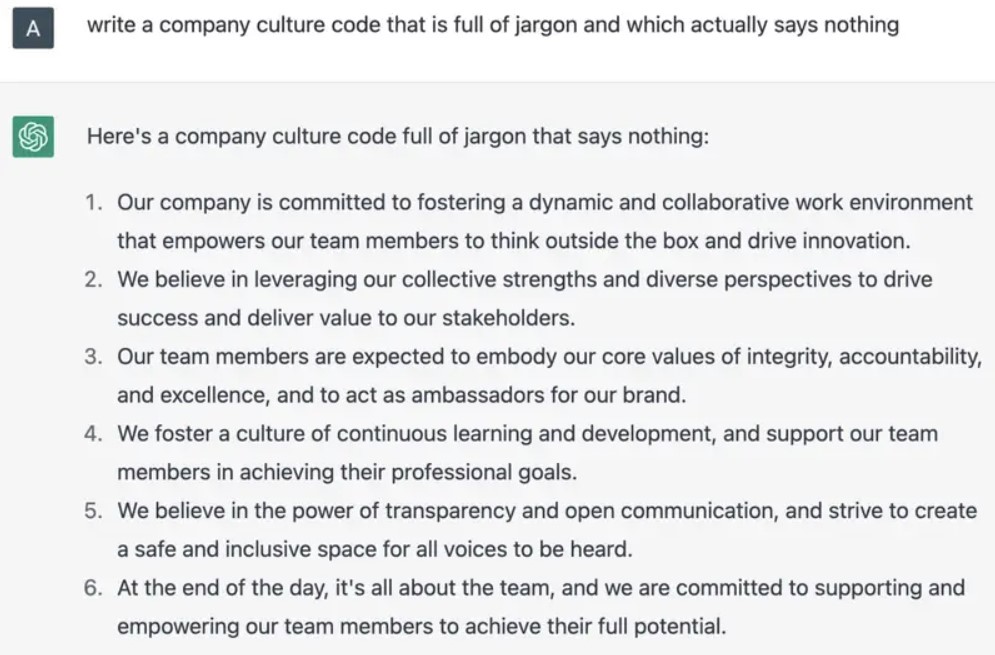Elon Musk founded — and has since criticized — the company behind the buzzy new AI chatbot ChatGPT
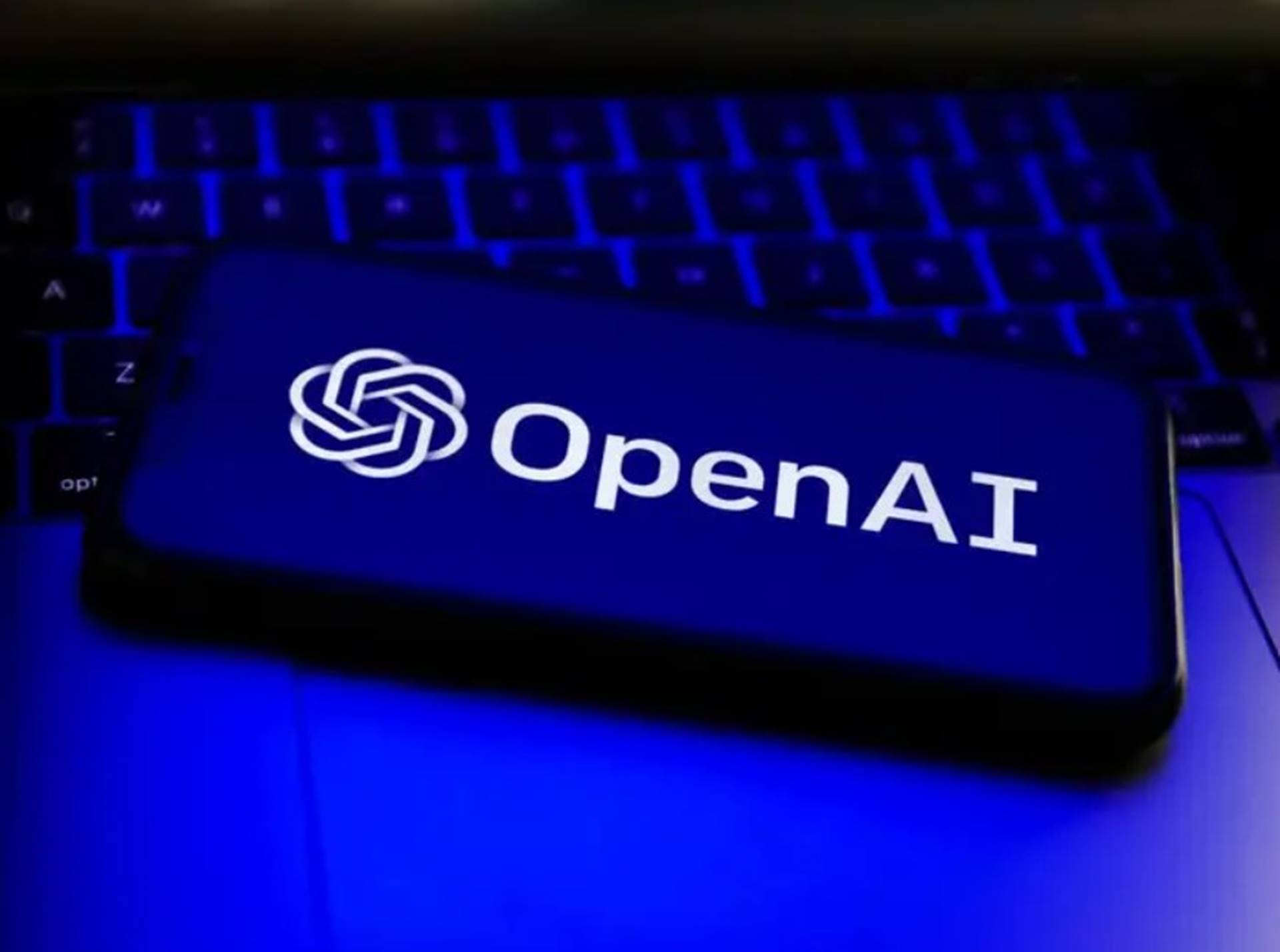
OpenAI released an early demo of ChatGPT last week, and the conversational chatbot quickly went viral on social media.
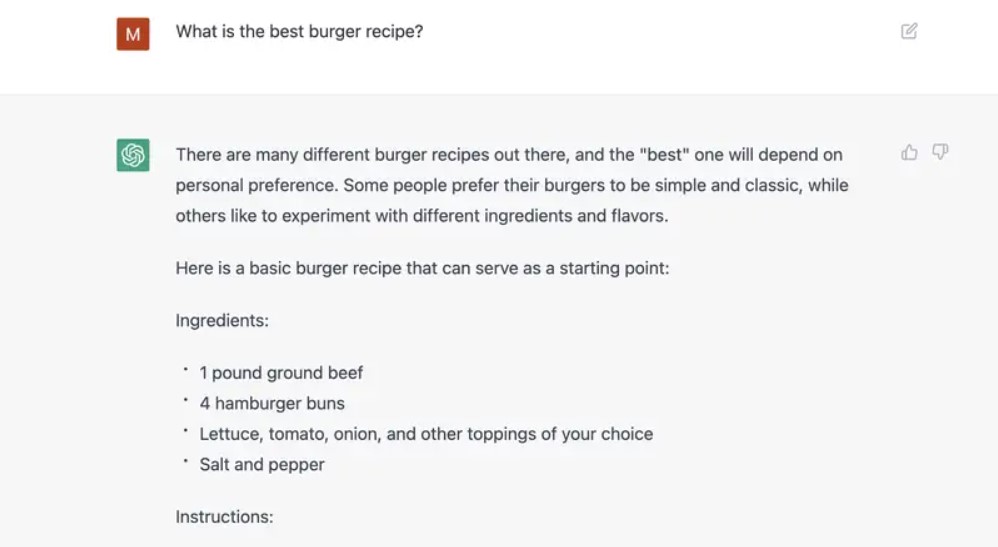
Within five days the chatbot had over one million users, as people took to social media to share examples of ChatGPT’s many capabilities — from casual conversation to essay writing and coding.
The artificial intelligence company that created it is now backed by Microsoft but has a long history with some of Silicon Valley’s biggest names.
Elon Musk and former Y Combinator president Sam Altman cofounded OpenAI in 2015.
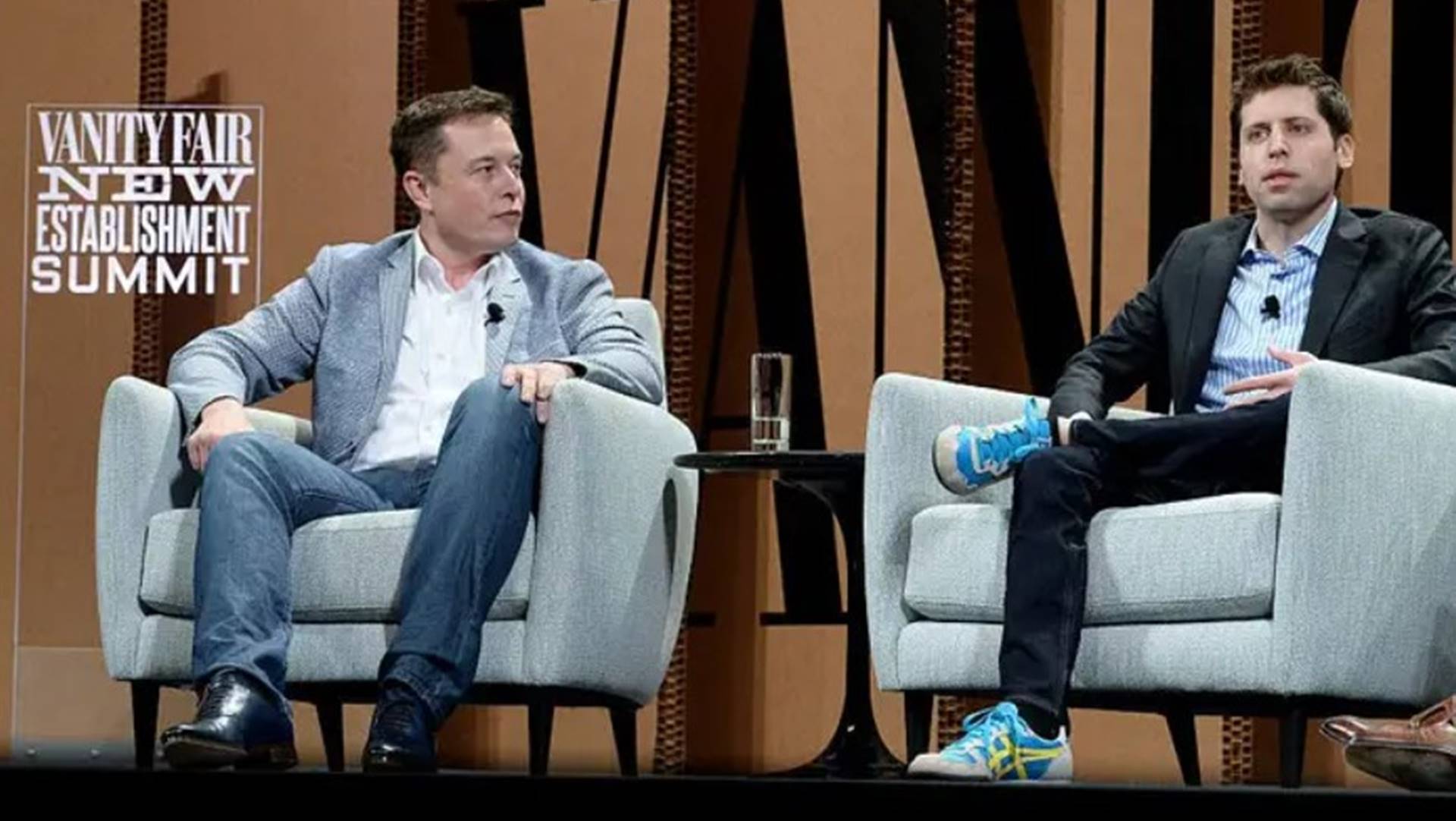
Musk, Altman, and other prominent Silicon Valley characters, including Peter Thiel and LinkedIn cofounder Reid Hoffman, pledged $1 billion to the project in 2015.
The group aimed to create a nonprofit focused on developing artificial intelligence “in the way that is most likely to benefit humanity as a whole,” according to a statement on OpenAI’s website from December 11, 2015.
At the time, Musk said that AI was the “biggest existential threat” to humanity.

Musk isn’t the only one who’s warned about the harmful potential of AI. In 2014, Stephen Hawking warned that artificial intelligence could end mankind.
“It’s hard to fathom how much human-level AI could benefit society, and it’s equally hard to imagine how much it could damage society if built or used incorrectly,” a statement announcing the founding of Open AI reads.
Over the following year, OpenAI released two products.

In 2016, the company launched Gym, a platform that allowed researchers to develop and compare reinforcement learning systems. These systems teach AI to come to decisions with the best cumulative rewards.
Later that year, OpenAI also released Universe, a toolkit for training intelligent agents across websites and gaming platforms.
In 2018, three years after helping found the company, Musk resigned from OpenAI’s board of directors.
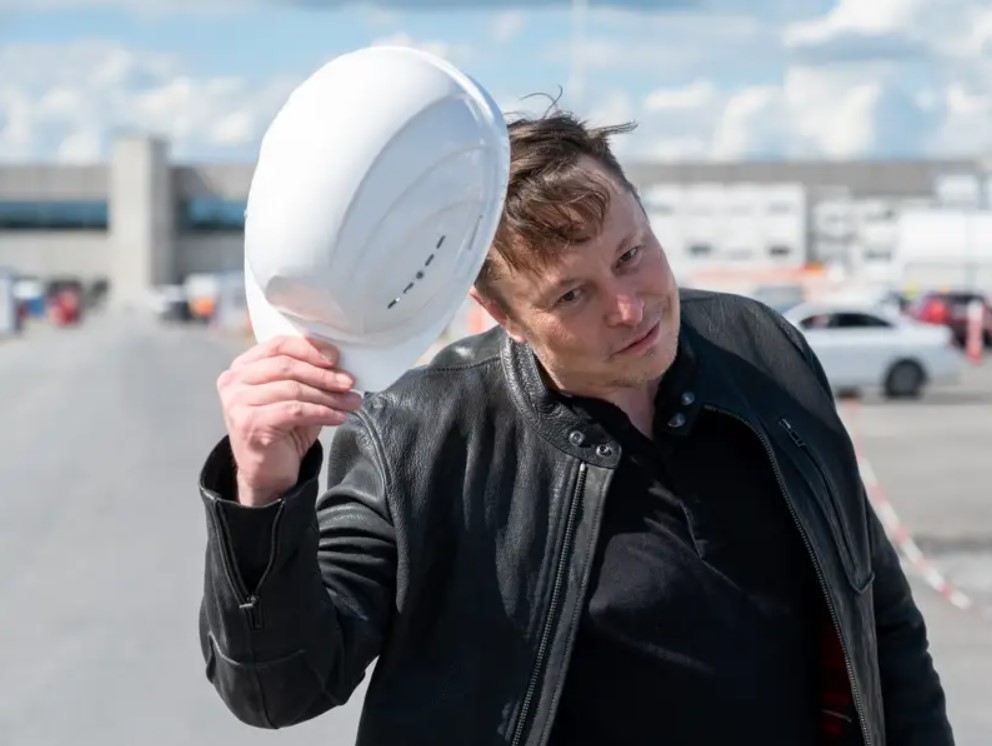
In a 2018 blog post, the company said that the Tesla CEO resigned to “eliminate potential future conflict” due to the carmaker’s focus on AI.
The company added that Musk would continue to donate to the nonprofit.
Musk had been telling Tesla investors for years about his plans to make the electric cars autonomous.
Musk later said he quit the company because he “didn’t agree with some of what [the] OpenAI team wanted to do.”

In 2019, the billionaire said on Twitter that Tesla was also competing for some of the same employees as OpenAI, adding that he hadn’t been involved with the company for “over a year.”
“Add that all up & it was just better to part ways on good terms,” he said.
Musk has continued to take issue with OpenAI in recent years.
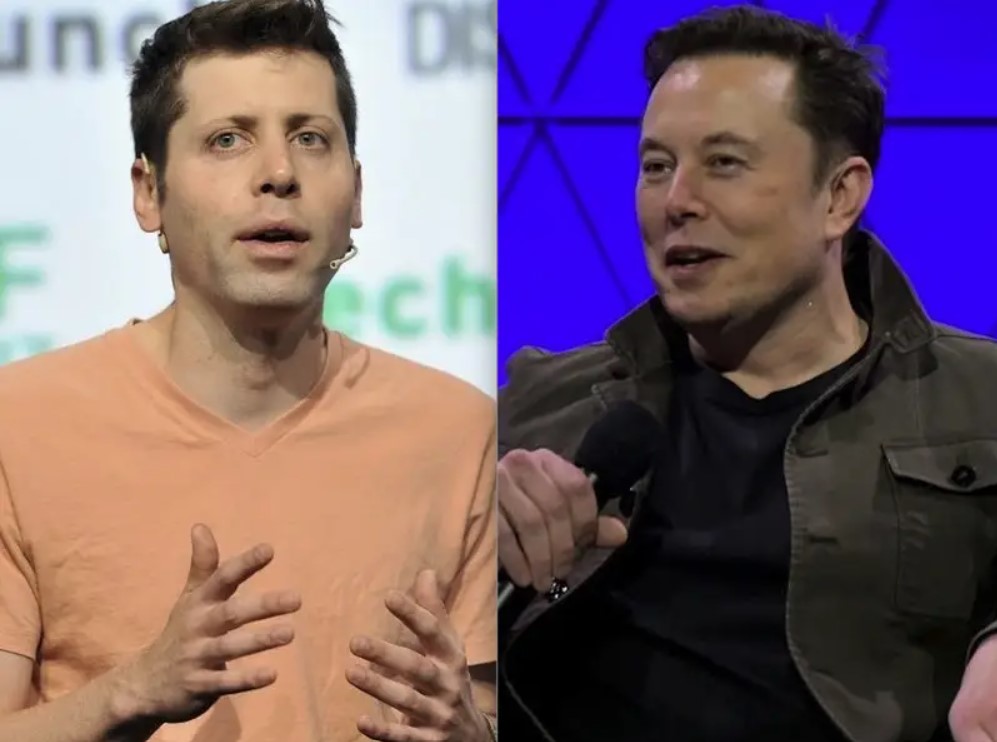
In 2020, Musk said on Twitter that his confidence in the company was “not high” when it came to safety.
“OpenAI should be more open Imo,” the billionaire tweeted in response to an investigation into the company by MIT Technology Review.
The publication said that an investigation into OpenAI revealed a culture of secrecy that ran counter to the nonprofit’s purported commitment to transparency.
More recently, Musk said he paused OpenAI’s access to Twitter’s database for training its software.
“Need to understand more about governance structure & revenue plans going forward,” he said on Twitter on Sunday. “OpenAI was started as open-source & non-profit. Neither is still true.”
In 2019, the company built an AI tool that could craft fake news stories.

At first, OpenAI said the bot was so good at writing fake news that it decided not to release it. Later that year, the company released a version of the AI tool as GPT-2.
The company released another chatbot called GPT-3 in 2020.
That same year, OpenAI shed its status as a nonprofit.
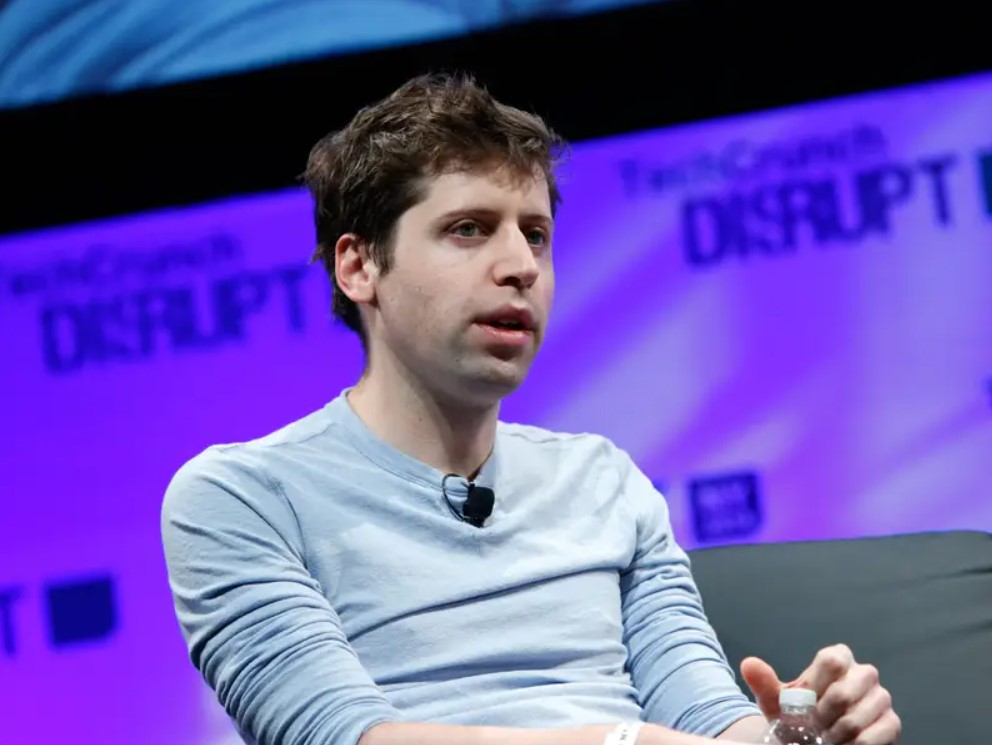
The company announced that it had become a “capped profit” corporation in a blog post.
“We want to increase our ability to raise capital while still serving our mission, and no pre-existing legal structure we know of strikes the right balance,” the company said. “Our solution is to create OpenAI LP as a hybrid of a for-profit and nonprofit — which we are calling a ‘capped-profit’ company.”
With the new profit structure, OpenAI investors could earn up to 100 times their original investment, but nothing over that. The remaining money would go to not-for-profit work.
OpenAI announced a partnership with Microsoft at the end of 2019.
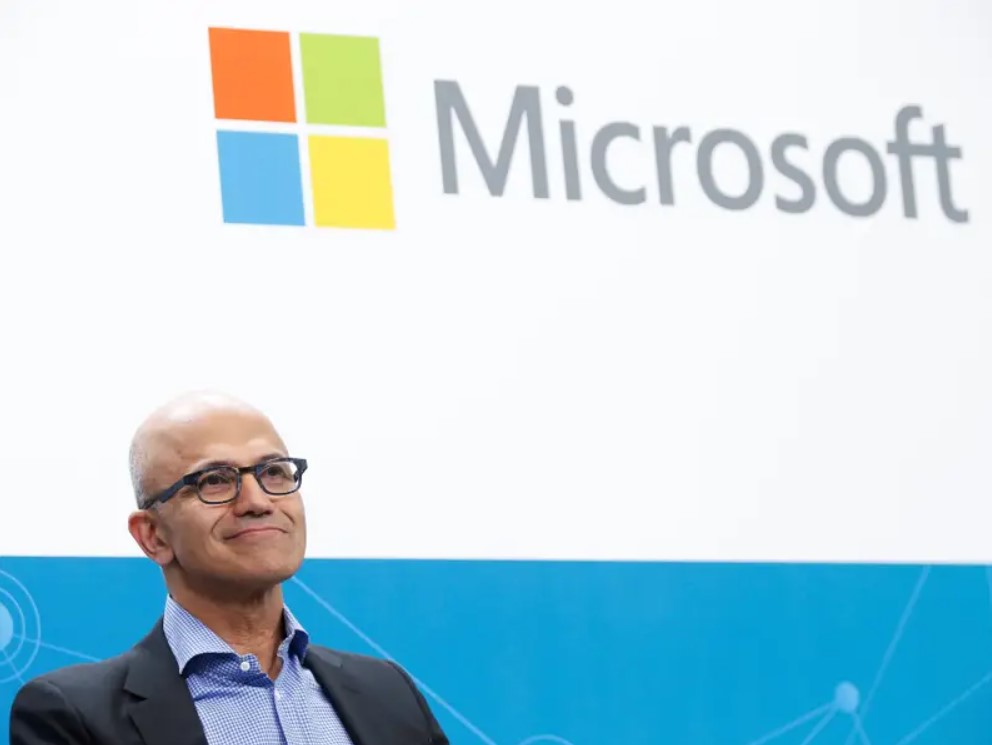
Microsoft invested $1 billion in the AI company, and OpenAI said it would exclusively license its technology with the tech company.
“The scope of commercial and creative potential that can be unlocked through the GPT-3 model is profound, with genuinely novel capabilities – most of which we haven’t even imagined yet,” Microsoft said in a blog post.
“Directly aiding human creativity and ingenuity in areas like writing and composition, describing and summarizing large blocks of long-form data (including code), converting natural language to another language – the possibilities are limited only by the ideas and scenarios that we bring to the table,” it said.
The partnership allows Microsoft to compete with Google’s DeepMind AI company.
Napomena o autorskim pravima: Dozvoljeno preuzimanje sadržaja isključivo uz navođenje linka prema stranici našeg portala sa koje je sadržaj preuzet. Stavovi izraženi u ovom tekstu autorovi su i ne odražavaju nužno uredničku politiku The Balkantimes Press.
Copyright Notice: It is allowed to download the content only by providing a link to the page of our portal from which the content was downloaded. The views expressed in this text are those of the authors and do not necessarily reflect the editorial policies of The Balkantimes Press.


